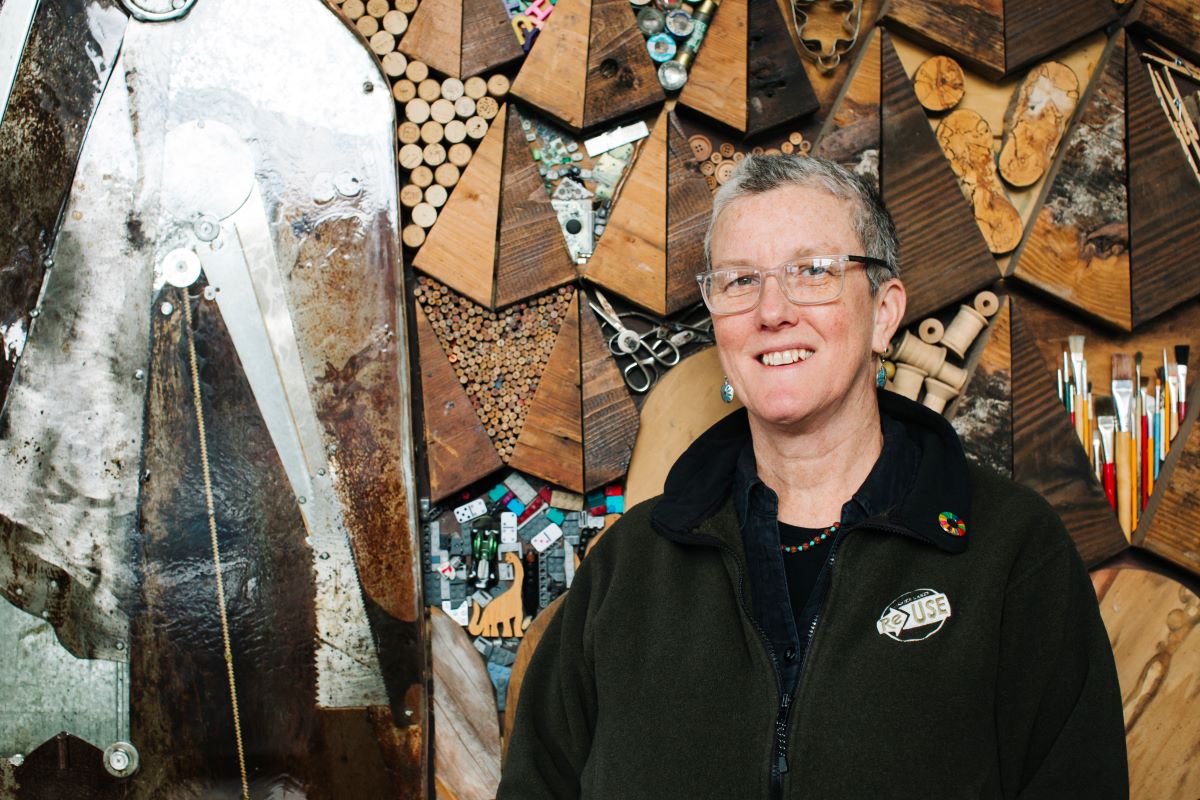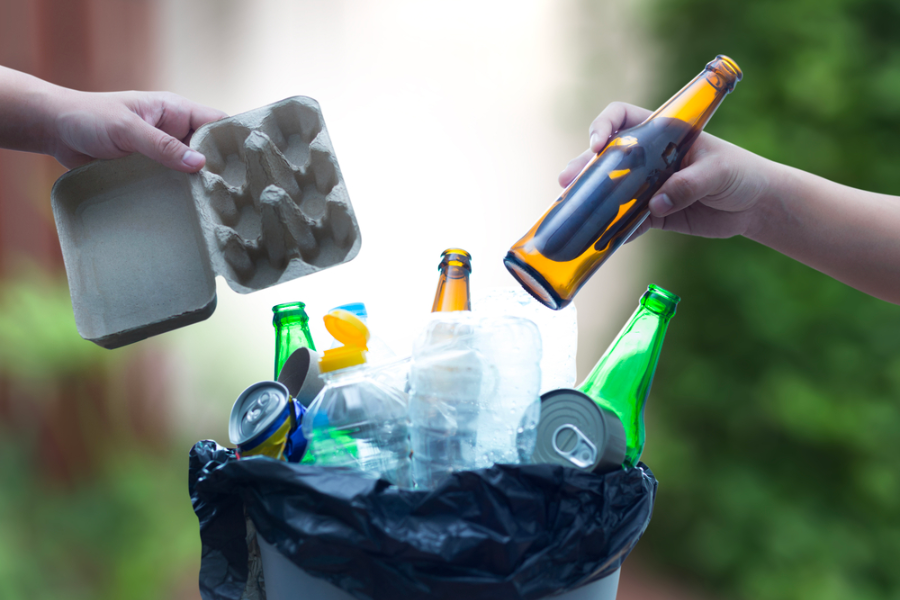
Diane Cohen of Finger Lakes Reuse stands before artwork by Nick Gilbert, one of a series of murals in the Ithaca ReUse Center highlighting the UN’s Sustainable Development Goals and supported by a grant from the New York Department of Environmental Conservation. | Photo by Kateri Connolly
A warm welcome back to “Women in Circularity”, where we shine a light on women moving us toward a circular economy. This month, I was pleased to connect with an expert in reuse: Diane Cohen. Diane is the chief executive officer of Finger Lakes ReUse, a New York nonprofit that provides its community with triple-bottom-line benefits through a variety of reuse services and social programs. She has more than 23 years of experience in nonprofit management, strategic partnerships and workforce development. Continue Reading









